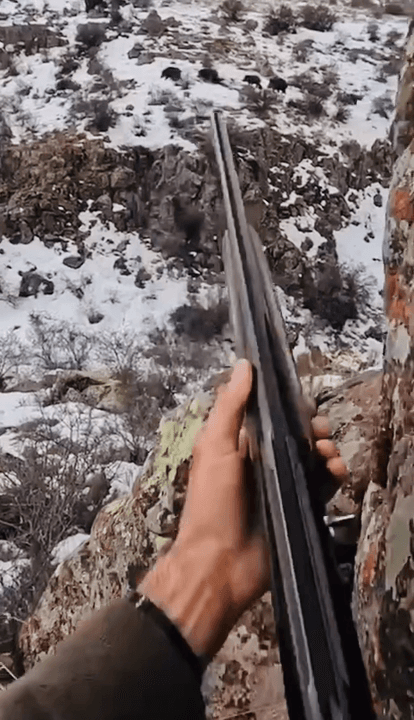
Les premiers raires 📸 https://www.lanaturemoi.com/2021/12/26/raire-cerf-pyrenees-pendant-le-brame/ L’ouïe du Cerf élaphe est très fine ; c’est son deuxième sens le plus développé après son odorat. La position des oreilles, tête relevée, est très utile à observer. Elles sont très mobiles avec une amplitude proche de 180°. Elles peuvent bouger chacune indépendamment vers une source de bruit. Cet organe véhicule ses émotions : a) oreilles dirigées vers le haut : l’animal est tranquille, quelle que soit la direction des oreilles. _ oreilles dirigées vers le haut et en avant : l’animal est à l’écoute, attentif à un évènement particulier dans la direction donnée par sa tête. _ oreilles vers le haut, une en avant et l’autre en arrière ou bien, les deux vers l’arrière : l’animal est sur le qui-vive, sans être stressé. Il a augmenté le champ de filtrage des bruits. b) oreilles se rapprochant de l’horizontale, tirées vers l’arrière : l’animal est sur le qui-vive, agacé par un évènement ou
Post: 10 September 09:04
















































